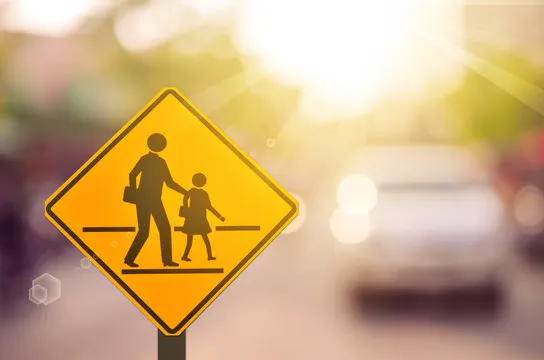Las Vegas Review Journal
…Under the direction of resident Dr. Linda Young and with guidance from former Las Vegas City Councilman Matt Callister, the Northwest Area Residents Association (NARA) formed to represent homes bordered by a triangle formed by Craig Road to the north, Rancho Drive to the west and Decatur Boulevard to the east.
“We want people to have a voice through the association,” said Harvey Starrett, president of the group. “Everyone, including myself, bought a house in that area for a reason, and we intend to keep it that way.”
The group’s mission is to preserve the rural community lifestyle, provide controlled neighborhood growth and enhance the safety, health and well-being of the community, Starrett said.







